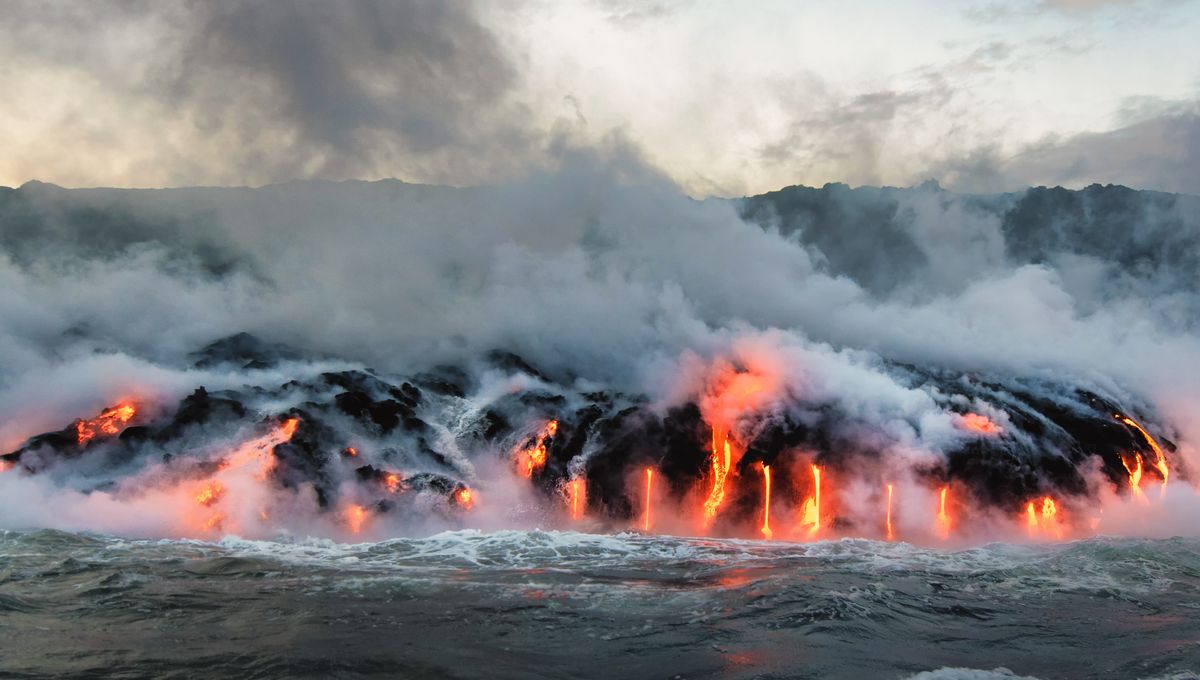
Big earthquakes remain unpredictable and often devastating, but new technology is paving the way for a groundbreaking way to monitor seismic tremors beneath the Pacific Ocean.
ADVERTISEMENT
Scientists from the National Physical Laboratory (NPL) in the UK and the Measurement Standards Laboratory (MSL) in New Zealand have transformed a section of the telecommunications cable on the seafloor between New Zealand and Australia – the Southern Cross NEXT – into a cutting-edge array of tremor sensors.
The existing deep-sea cable now uses ultra-sensitive optical measurements to detect seismic activity and ocean currents earlier and with greater precision than ever before.
Since October 2024, the project has recorded over 50 earthquakes in the Pacific, some with epicenters hundreds of kilometers from the cable – yet still detected by the ultra-sensitive sensor system.
“This is the very first test of this technology in the Pacific Ocean and the waters surrounding New Zealand are the ‘perfect laboratory’ to demonstrate the full potential of these innovative cable-based ocean monitoring techniques for Earth sciences and coastal population protection,” Giuseppe Marra, Principal Scientist at NPL, said in a statement sent to IFLScience.
The Southern Cross NEXT is a 15,857-kilometre (9,853-mile) network of submarine cables that links Sydney and Auckland, as well as Los Angeles and the Pacific Islands of Fiji, Tokelau, and Kiribati. Using fiber-optic cables, it provides high-capacity broadband internet connectivity between this part of the Pacific.
That’s right, we might live in a seemingly wireless world, but almost all the information you receive from the internet has most likely reached your device through a vast network of physical undersea cables.
ADVERTISEMENT
Since this web of cables covers a significant amount of the seabed, this technology could theoretically be applied to other parts of the ocean to keep an eye out for earthquakes and tsunamis. The team will continue to collect measurements until December 2025, gathering more data that have the potential to inform the development of a worldwide monitoring network of seafloor sensors using the existing subsea infrastructure.
“This is an awesome and creative example of leveraging existing data sources and expertise from around the world to increase our eyes and ears in the vast expanse of the Pacific Ocean. We believe that adding these new cabled data will complement other rich data sources and collectively deliver faster and better tsunami warnings that will save lives in New Zealand and across the Pacific,” added Bill Fry, a seismo-tectonophysicist at GNS Science.
Source Link: A New Way To Detect Pacific Earthquakes Using Deep-Sea Cables Shows Groundbreaking Results